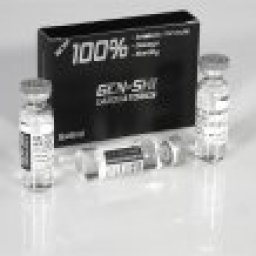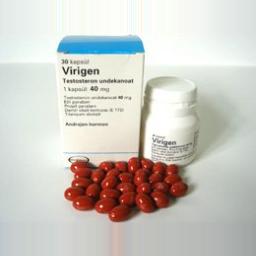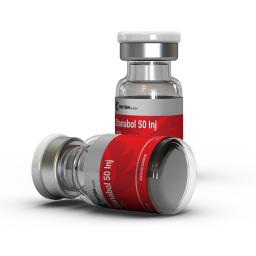Exercise, in addition to psychological and emotional benefits, is essential for physical health. Physical benefits to the cardiovascular, respiratory system and musculoskeletal system are well documented. However, a physcian should be consulted before beginning any program of physical fitness.
Resting blood flow to the muscles is low. When a muscle contracts the vessels are compressed and blood flow decreases even more. Between contractions flow is greatly increased such that per unit time flow is increased 30 fold. Blood flow can increase prior to exercise due to just thinking about exercising (getting psyched) and due to stretching.
Mechanisms within the muscles that cause increased blood flow during exercise include decreased muscle oxygen concentrations, increased carbon dioxide in muscle, and increased potassium and other metabolites. These factors cause an increase in the diameter of blood vessels in muscle therefore causing a 10-100 fold increase in the number of open capillaries. Therefore, there is increased delivery of oxygen and nutrients to the muscles. Local tissue conditions cause hemoglobin to give up more of the oxygen it is carrying than in resting muscle. The transport of carbon dioxide out of the tissue is also facilitated. Oxygen consumption of active muscle increases up to 100 fold. Heart rate and the amount of blood pumped per beat (stroke volume) increases in exercise as does blood pressure. More blood is returned to the heart via the venous system due to rhythmic contraction of the muscle and constriction of veins in tissues not involved in exercise. Increased respiration provides extra oxygen, eliminates some heat and gets rid of carbon dioxide.
When exercise is begun, the muscles immediately begin to increase energy usage. Energy is released form energy rich compounds such as glycogen (a storage form of glucose). For the first few minutes the muscles will burn glycogen. This process is a form of anaerobic (“without oxygen”) metabolism because the heart and circulatory system have not yet increased the blood flow to the exercising muscles. During this time there may be a sensation of muscle burning due to the formation of lactic acid. This burning sensation will soon go away as increased blood flow provides the oxygen needed for aerobic (“with oxygen”) metabolism of glycogen. In strenuous exercise (when oxygen need outweighs oxygen delivery), an oxygen debt is built up within the muscles. The muscles are forced to use glucose for energy without oxygen (anaerobic). This is inefficient and leaves behind the metabolite lactic acid that must be broken down later. The oxygen required to return the muscle to normal after exercise is called the oxygen debt. The rate of breathing does not return to normal after exercise until the oxygen debt is repaid.
Once the stores of glycogen are used up, which usually occurs after about 20 minutes, the body will start burning fat stores to produce blood sugar. The longer the exercise continues, the more fat is burned. Aerobic exercise is activity in any long duration (20 minutes or more) of low to moderate intensity using the large muscles of the body.
Top Steroid Products on Sale
Legit Bacteriostatic Water Gen-Shi
|
Legit Virigen
|
Buy Stanodex 50 Inj
|


